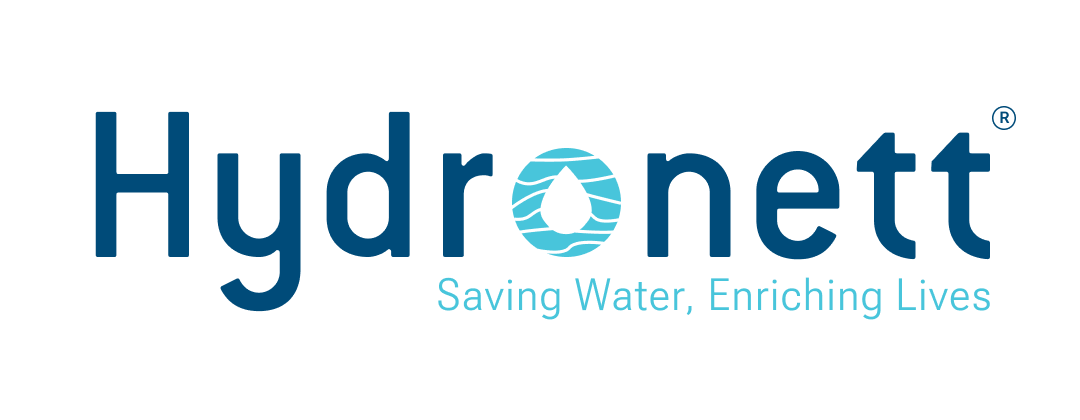A Water Distribution Management System (WDMS) is a comprehensive software and hardware solution used by water utilities and municipalities to efficiently manage the distribution of potable water to homes, businesses, and industries. The primary goal of a WDMS is to ensure the reliable supply of clean water to customers while minimizing losses, optimizing distribution infrastructure, and responding effectively to operational challenges. Here are key aspects and functions of a Water Distribution Management System:
Real-time Monitoring
WDMS continuously collects data from various sensors and monitoring devices installed throughout the water distribution network. These sensors measure parameters such as water flow rates, pressure, water quality, and water levels in tanks and reservoirs.
Leak Detection
WDMS uses data analytics to detect leaks or abnormal changes in water flow patterns within the distribution network. Early detection of leaks helps reduce water losses and prevent damage to infrastructure.
Data Analysis and Visualization
The system processes and analyzes the collected data to provide real-time insights into the performance of the water distribution network. Operators and managers can visualize this data through dashboards and reports.

Pressure Management: It optimizes water pressure in the distribution network to reduce water losses, minimize pipe bursts, and ensure consistent service quality.
Asset Management: WDMS helps utilities track and manage their infrastructure assets, such as pipes, valves, pumps, and storage tanks. This includes maintenance scheduling and replacement planning.
Water Quality Monitoring: The system monitors water quality parameters to ensure that the water supplied to customers meets regulatory standards and is safe for consumption.
Demand Forecasting: WDMS uses historical data and predictive modeling to forecast future water demand, allowing utilities to plan for peak demand periods and allocate resources efficiently.
Customer Service: It enables utilities to provide better customer service by quickly responding to service disruptions, water quality issues, or customer inquiries.
Remote Control: Some WDMS systems allow operators to remotely control valves, pumps, and other components within the distribution network to optimize water flow and pressure.
Energy Efficiency
WDMS can help utilities reduce energy consumption by optimizing the operation of pumps and other equipment in the distribution system.
Security
Ensuring the security of the WDMS is crucial, as it manages critical infrastructure and sensitive data. It should have robust cybersecurity measures in place to protect against cyber threats.
Integration
WDMS often integrates with other utility systems, such as GIS (Geographic Information System), SCADA (Supervisory Control and Data Acquisition), and customer billing systems, to streamline operations and improve data accuracy.
Emergency Response
The system helps utilities respond quickly to emergencies such as water main breaks, contamination incidents, or natural disasters by providing real-time data and control capabilities.
Regulatory Compliance
WDMS assists utilities in complying with water quality regulations and reporting requirements by providing accurate data and historical records.


